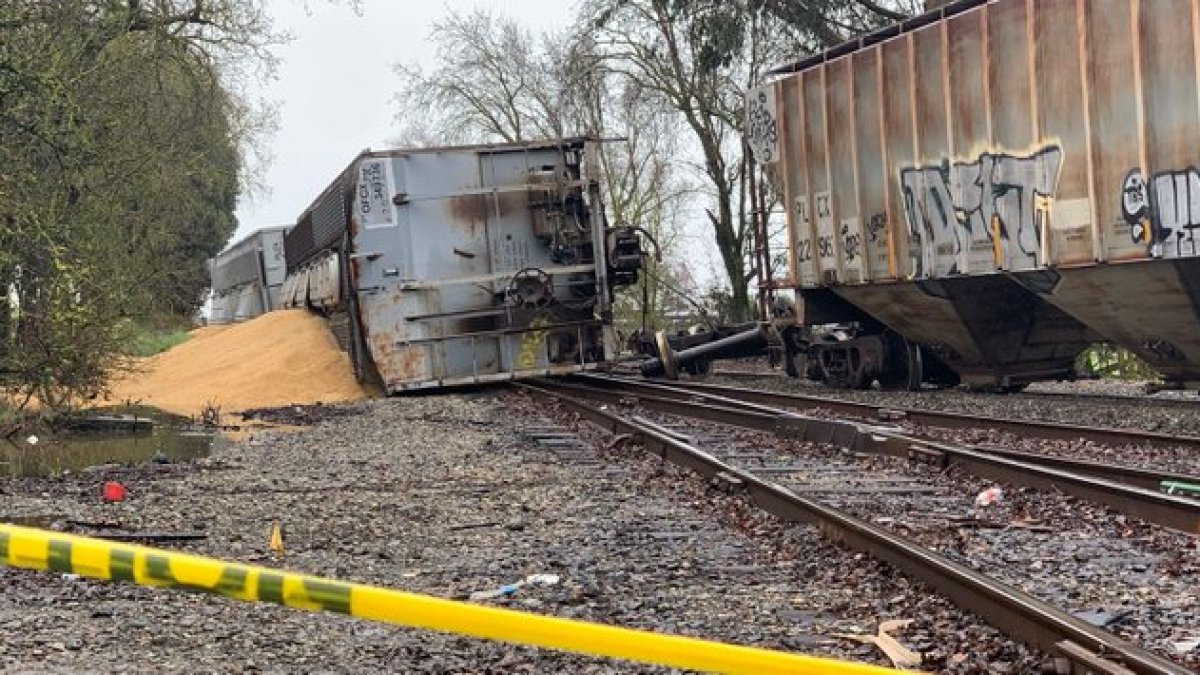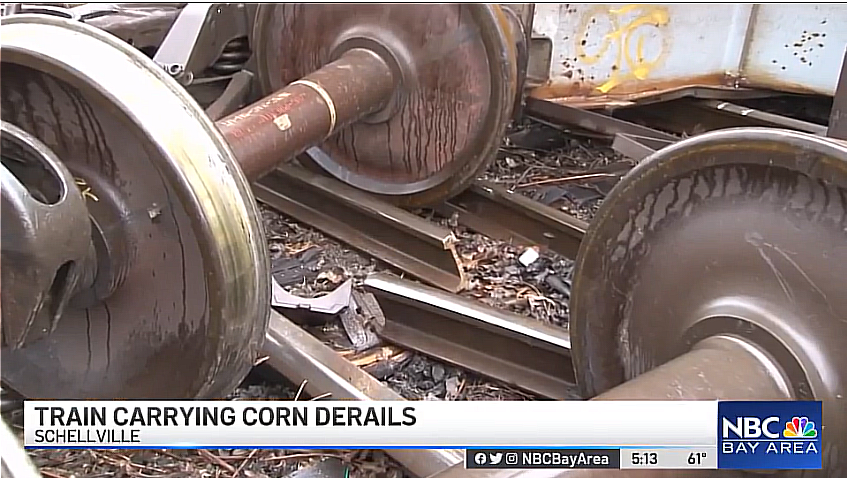ArlyA
Super Member
- Joined
- Mar 18, 2016
- Messages
- 9,623
- Tractor
- Polaris Boss 6x6 with pods (tracks) Center actuating lawn mower by Husky
This is how coal dust is reduced and might have to do with fire reduction as well.
I remember visiting a coal fired power plant apologies for drift, anyways they were running bulldozers on the coal piles along with spraying them, to constantly turn and shape them in the middle of summer and to help prevent spontaneous combustion it does exist.This is how coal dust is reduced and might have to do with fire reduction as well.
I haven't been following this thread. But I was just reading something local, that someone here might find interesting:
It's a business case study for planning the resumption of freight traffic north of San Francisco. Railroad infrastructure still exists, but with near-zero freight. Passenger rail after being gone for decades, was resumed in the last few years by SMART - Sonoma Marin Area Transit - who now owns the track. It looks to be presently some 40 miles of passenger service on maybe 120 miles of track owned, but at a glance I didn't see the actual numbers. This business study examines generating more freight revenue running over the commuter rail that is maintained to high - passenger - standards, and beyond, on existing rail.
The first thing I noticed is to ship anything out of the area, Union Pacific, a class 1 line that SMART connects to, has absolute control over all pricing and customer contact with rail customers beyond this little world. UP prefers Unit Trains, marketed to the largest customers, hauling the same product in every car of a long train, between only two specific points. The pricing that UP negotiates while representing these connecting small lines, is so high for single carloads etc to random destinations, that these small connecting lines can't beat truck freight rates.
A surprising part of SMART's freight revenue is simply for parking others' idle railcars on their unused trackage.
I was surprised at the tiny freight revenue earned presently, and the little that might be earned if more local customers installed sidings to use rail. Most of the figures in the report are around $1m which seems so small that any trucking company could be more profitable.
Looks like SMART's freight service in the North Bay isn't likely to ever expand much.

 www.nbcbayarea.com
www.nbcbayarea.com



Wonder why taxpayer confiscated funds were distributed to a clown like that with no oversight? You would think we could do a basic accounting of where the funds were spent?Here's what drew my attention to SMART recently. A news article said a couple of cars of feed grain flopped over while being moved slowly in their switching yard at Schelleville. (miles from their nearest passenger service). I found a railroader's discussion group saying lack of maintenance - based on their personal experience there - likely meant that rotten ties allowed the gauge to spread, dropping the car. Then continued pulling by the locomotive on a switch curve, pulled the cars over. Nobody injured.

No Injuries Reported After Train Carrying Corn Derails in Sonoma County
Authorities are investigating a train derailment that happened in Sonoma County Thursday.www.nbcbayarea.com
And here's a site with photos. Looks like something related to lack of roadbed maintenance could be the cause.
Maybe this belongs in Hauling Something Wrong.



I remember Schelleville because as a kid, before freeways, it was on the most direct route in the 100 mile trip to go visit grandparents. It's a couple of miles from the famous green hillside in Windows XP. Back then it was Southern Pacific's turnaround loop, the northern end of their San Francisco region service, where cars were handed off to Northwestern Pacific RR for the 300 mile run up to the NW California lumber mills.
Northwestern Pacific was more recently owned by a private investor who seemed to use it as a front for sucking federal and state subsidies to pocket for himself, instead of using the taxpayer funds to re-open fallen tunnels and replace track buried by landslides. I had a minor role in reviewing that owner's costs claimed for reimbursement. I see in the Wikipedia article that now, everything is abandoned with some of the locomotives and cars trapped in discontinous sections of the mountainous R of W, north of the section sold to SMART.